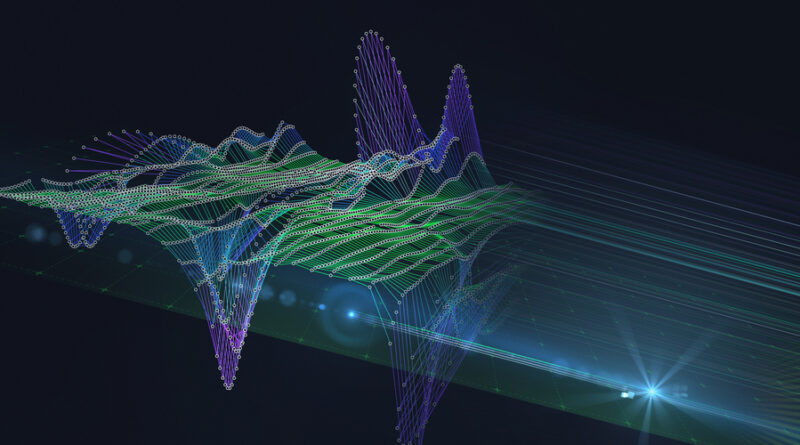Scientists Achieve Record 158-Mile Quantum Data Transfer on Standard Fibre Lines
Researchers have broken new ground in quantum communications by sending coherent quantum information 158 miles (254 km) across a conventional fiber-optic network—without relying on the cryogenic hardware typically required for such experiments. The feat, detailed in this week’s issue of Nature, demonstrates that ultra-secure “qubit” messaging can piggyback on everyday internet infrastructure at a fraction of the usual cost.
A real-world proving ground
The breakthrough was carried out on commercial telecom cables linking data centers in Kehl and Frankfurt, Germany, with a midway node in Kirchfeld. Ordinary servers injected quantum states into the fibers, while off-the-shelf networking gear handled traffic alongside normal internet data—an unprecedented real-world test for technology that has mostly lived in tightly controlled lab conditions.
Until now, long-distance quantum links have depended on bulky superconducting detectors chilled to near-absolute-zero temperatures. These devices can cost hundreds of thousands of dollars and require liquid-helium cooling, limiting practical deployment. The German team replaced them with inexpensive avalanche photodiodes, sensors that operate near room temperature and are already common in telecom equipment. By orchestrating two detector arrays—one to capture the quantum signal and another to filter background noise—the researchers overcame the photodiodes’ lower efficiency and their tendency to generate spurious “afterpulse” signals.
Why the distance matters
Moving qubits through conventional fibers beyond 100 miles has previously been possible only inside specialized laboratories. Demonstrating a 158-mile hop on busy public lines suggests quantum keys could soon be exchanged across metropolitan regions or neighboring cities, bringing banks, hospitals, and critical infrastructure one step closer to virtually uncrackable encryption.
The advance also addresses the looming “store-now, decrypt-later” threat: malicious actors can archive today’s encrypted data and unlock it in the future using powerful quantum computers. Because quantum key distribution (QKD) leverages the laws of physics—not just hard-to-factor mathematics—any eavesdropping attempt disrupts the qubits and reveals the intrusion instantly.
Cost and scale remain hurdles
Even with cheaper photodiodes, widespread QKD remains costlier and more complex than current internet security standards. Yet the new study hints at a rollout timeline measured in years rather than decades. Several US and UK groups, including teams at the University of Pennsylvania and Northwestern University, are racing to push distances farther and integrate quantum channels with existing routing equipment.
Industry observers predict city-scale quantum networks could emerge before 2035, driven by falling hardware prices and rising demand for future-proof encryption. The German milestone marks a critical waypoint on that road, showing that quantum messaging no longer needs exotic lab infrastructure—and can travel under the same streets and rail lines that carry ordinary internet traffic today.
Photo Credit: DepositPhotos.com

